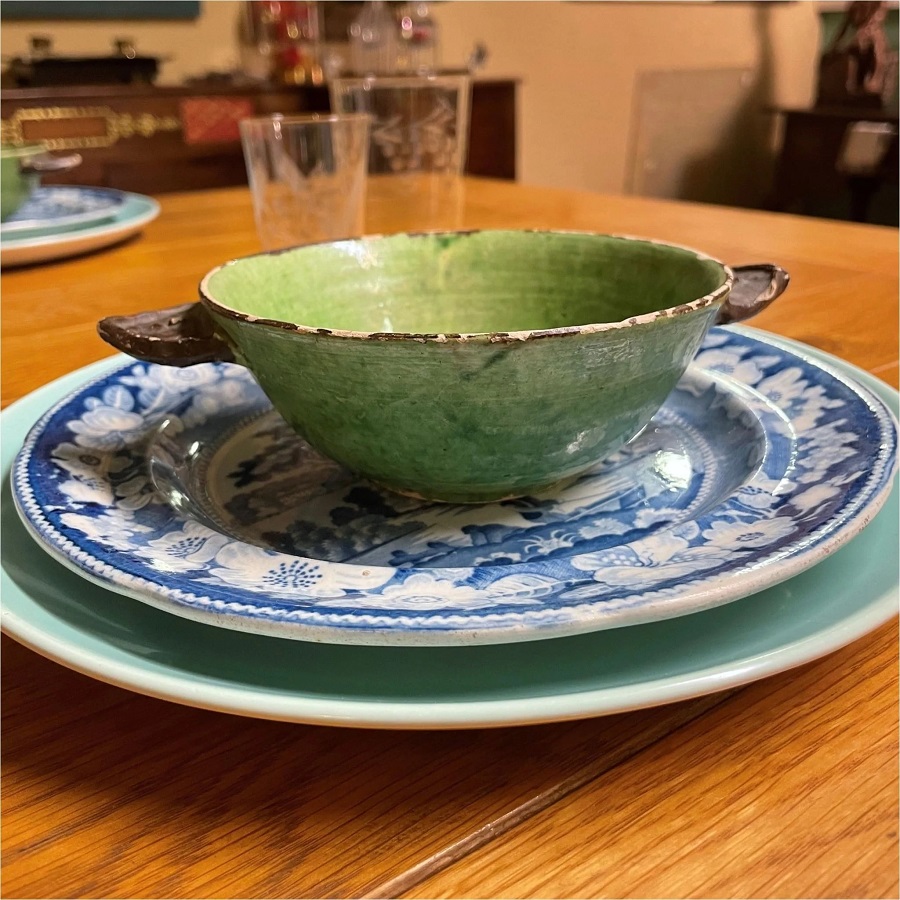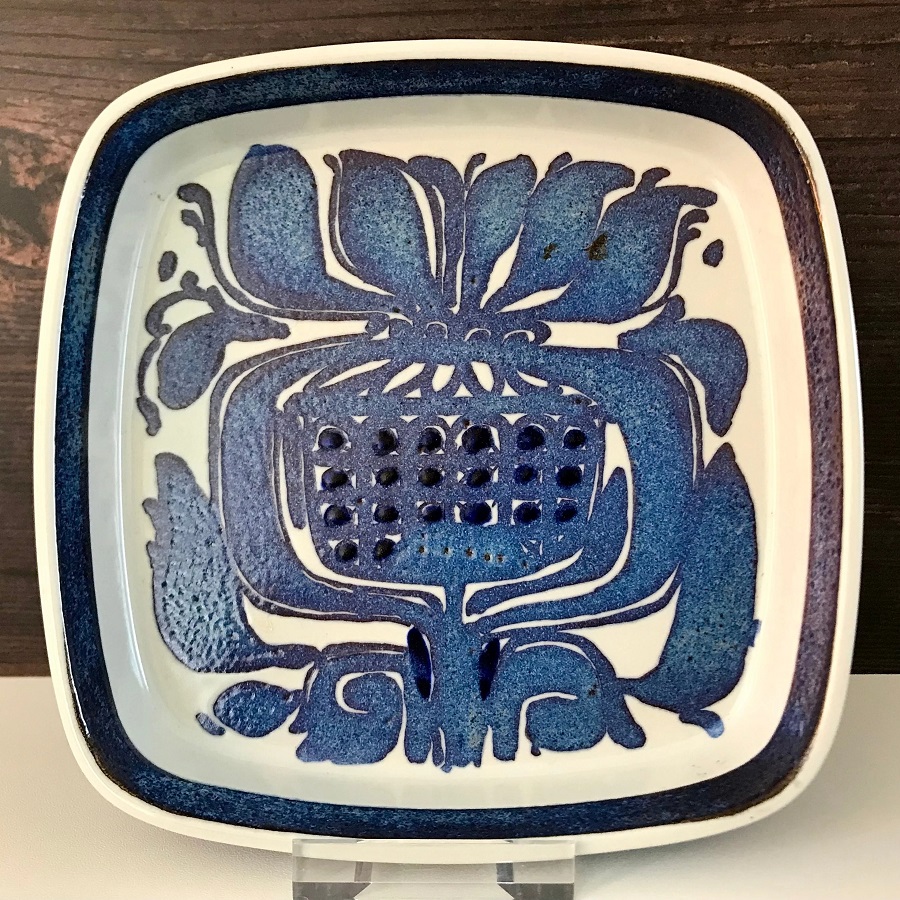The Allure of Vintage Ceramics
The charm of vintage ceramics lies deep in their history. Each piece tells a story, a glimpse into a bygone era. Collectors and enthusiasts are drawn to these timeless treasures for various reasons.
Firstly, vintage ceramics showcase exceptional craftsmanship. The intricate designs and patterns reflect the artistry of the past. Unlike mass-produced items today, these pieces hold unique artisanship that can’t be replicated.
Secondly, the distinct styles of vintage ceramics add an air of elegance to any setting. From delicate porcelain to robust earthenware, each type brings its own aesthetic flair. This variety allows collectors to find something that resonates with their personal taste.
Another aspect of allure is the nostalgia they evoke. Vintage ceramics can serve as a connection to the past, to different cultures, or family heritage. Where modern items may lack depth, vintage pieces are replete with nostalgia and character.
Lastly, the rarity of these items makes them all the more coveted. The hunt for rare and unique pieces is both exciting and rewarding. Those who find a truly remarkable piece know they have something that stands out in both history and beauty.
In essence, vintage ceramics are more than just decorative items—they are symbols of history, art, and personal expression. Their appeal reaches beyond their physical beauty, touching the hearts of those who cherish the rich past they embody.

Identifying Authentic Vintage Ceramics
To distinguish authentic vintage ceramics from replicas, attention to detail is key. Here are some tips to help identify genuine pieces:
- Check for Marks and Signatures: Authentic vintage ceramics often have a maker’s mark, signature, or stamp. Look on the bottom or back of the piece for these indicators.
- Assess the Quality of Craftsmanship: Vintage ceramics display high-quality craftsmanship. Check for signs of hand-painting, asymmetry, and unique characteristics that indicate handiwork.
- Examine the Wear and Patina: Authentic vintage pieces usually show signs of age. Even wear, crazing, and a certain depth of color are telltale signs.
- Research the Style and Period: Gain knowledge of the styles and periods of vintage ceramics. This helps in identifying the authenticity of a piece based on its design elements.
- Consult with Experts: When in doubt, seek advice from experienced collectors or professionals who specialize in vintage ceramics.
- Use Technology: Nowadays, there are tools and apps that can aid in authenticating vintage items. Make use of these resources if available.
By carefully inspecting each aspect, you can raise your chances of investing in true vintage ceramics. Knowledge and a keen eye are valuable when hunting for these historical treasures.
Pre-Purchase Considerations for Collectors
Before adding to your collection of vintage ceramics, there are several factors to keep in mind to make informed decisions and enhance the enjoyment of your hobby. Here is a list of pre-purchase considerations that every collector should evaluate:
- Budget Appropriation: Determine how much you are willing to spend. Vintage ceramics can range from affordable to highly expensive.
- Condition Exam: Inspect for chips, cracks, and repairs. A piece in prime condition is more valuable.
- Authenticity Verification: As previously discussed, ensure the piece is genuine rather than a reproduction. Use marks, craftsmanship, and patina as clues.
- Provenance Evaluation: A piece’s history can add value. Provenance, if available, should be documented.
- Size and Display: Consider where you will display the piece. Ensure it fits the intended space both in size and style.
- Practicality for Collection: Decide if the piece fits well within your existing collection or if it serves as a starting point for a new theme.
- Market Research: Understand the market demand. Some vintage ceramics are more sought after than others.
- Future Resale: While not always a primary concern, consider potential resale value. Some collectibles appreciate over time.
By carefully considering these aspects, you can make smarter purchases that bring satisfaction and value to your vintage ceramic collection. Remember, collecting is not just about acquisition but also appreciation of the artistry and history that comes with each piece.

Where to Find Vintage Ceramics
For collectors of vintage ceramics, knowing where to look is crucial. You can find these treasures in various places, each with its own benefits and experiences. Here’s where to start your search:
- Antique Stores: Local antique shops often house a selection of vintage ceramics. These stores offer the chance to see items in person and get a feel for their condition and authenticity.
- Estate Sales: Estate sales can be gold mines for vintage ceramic pieces. They may come with intriguing histories and are usually authentic.
- Online Marketplaces: Websites like eBay and Etsy host a wide range of vintage ceramics. While convenient, be sure to review seller ratings and return policies.
- Auctions: Attending auctions, whether in-person or online, can lead to the discovery of exceptional pieces. Keep in mind, bidding can be competitive.
- Thrift Stores and Flea Markets: These are great for finding vintage ceramics at lower prices. It requires patience and a good eye for quality.
- Specialty Shops: Some shops specialize in vintage ceramics and offer expert advice and a curated selection.
- Collector Fairs and Shows: Fairs dedicated to collectors can offer high-quality pieces. Networking with other collectors here can be invaluable.
- Online Collector Groups: Joining forums and social media groups focused on vintage ceramics can lead to private sales and trades.
Remember, no matter where you choose to hunt for vintage ceramics, always apply the identification tips shared earlier to ensure you’re getting authentic pieces. Be patient and diligent, and you’re sure to add wonderful finds to your collection.
Caring for Your Vintage Ceramic Collection
Caring for vintage ceramics keeps them looking great and preserves their value. Here are some tips to care for your collection effectively:
- Handle with Care: Always use both hands when moving ceramics. Avoid rough handling to prevent chips and cracks.
- Cleaning Techniques: Dust regularly with a soft cloth. For deeper cleaning, use mild soap and warm water. Rinse well to avoid soap residue.
- Avoid Harsh Chemicals: Never use abrasive cleaners. They can damage glazes and artwork on vintage ceramics.
- Control Climate: Keep your ceramics in a stable, moderate climate. Too much heat or cold can cause damage over time.
- Display Safely: Use padded stands or secure shelving for display. Ensure your pieces are protected from high traffic and potential knocks.
- Regular Inspections: Check your vintage ceramics often for new signs of wear or damage.
- Repair Wisely: If a piece gets damaged, seek professional repair. Amateur attempts can reduce a piece’s value.
Caring for vintage ceramics is as much a part of the hobby as collecting them. Follow these tips to ensure your cherished pieces last for generations.

Popular Styles and Periods of Vintage Ceramics
When exploring the realm of vintage ceramics, certain styles and periods stand out. These sought-after pieces reflect the changing tastes and skills of different eras. Here are some of the most popular styles and time periods that collectors adore:
- Art Nouveau (Late 19th to Early 20th Century): This style is known for its flowing lines and nature-inspired motifs. Ceramics from this period often feature floral patterns and elegant forms.
- Art Deco (1920s to 1930s): Characterized by bold geometric shapes and vivid colors, Art Deco ceramics make a statement. They mirror the energy of the roaring twenties.
- Mid-Century Modern (1940s to 1960s): Simplicity and functionality define this style. Collectors appreciate the clean lines and minimalistic designs.
- Victorian (1837 to 1901): Opulence marks the Victorian era. Ceramics from this time often have elaborate decorations and rich colors.
- Majolica (Mid 19th Century): This tin-glazed pottery is famous for its bright glazes and detailed relief work. Collectors prize its whimsical and colorful designs.
- Transferware (18th Century Onwards): Known for its intricate patterns printed from engraved plates, transferware has a timeless appeal. The blue and white patterns are quite iconic.
Each period offers a window into the past. As you grow your collection of vintage ceramics, understanding these styles can enhance your appreciation and ability to spot authentic pieces. Remember, the keywords are ‘vintage ceramics’, which embody the heritage and craftsmanship of these eras. Whether you’re drawn to the delicate beauty of Art Nouveau or the boldness of Art Deco, each piece adds character and history to your collection.
Displaying and Integrating Vintage Ceramics in Modern Decor
Blending vintage ceramics into modern decor can add charm and personality to your home. Consider these tips:
- Mix Periods Thoughtfully: Pair your vintage pieces with modern furnishings carefully. Aim for balance, not chaos.
- Create Focus Points: Use vintage ceramics as eye-catching centerpieces. Place them on mantels or in display cabinets.
- Consider the Color Scheme: Make sure the colors of your ceramics complement your room’s palette. They should enhance, not clash.
- Play with Placement: Group pieces together for impact. Vary heights and shapes for visual interest.
- Let Them Function: Use your vintage ceramics in daily life. Fill a vintage vase with fresh flowers, for example.
- Adjust Lighting: Highlight your vintage ceramics with good lighting. This draws attention and can dramatize their features.
- Maintain Balance: Keep the overall look cohesive. Too many vintage items can overwhelm modern decor. Less is often more.
By following these tips, you can enjoy the beauty of vintage ceramics in a contemporary setting. Remember, the goal is to showcase your collection without sacrificing the cohesive look of your modern decor.
The Investment Potential of Vintage Ceramics
Investing in vintage ceramics can be both a passionate hobby and a smart financial decision. For those interested in the monetary aspect, understanding the investment potential is crucial. Here’s what to consider when viewing vintage ceramics as investment pieces:
- Rarity and Demand: The value of vintage ceramics often rises with their rarity and the demand for them in the market. Look for pieces that are not easily found and highly sought after by collectors.
- Condition and Preservation: A vintage ceramic in excellent condition is more likely to appreciate over time. Scratches, chips, or repairs can diminish its value, so choose wisely.
- Historical Significance: Items with historical importance or from a notable period tend to have a higher investment potential. Pieces with a backstory are often more coveted.
- Maker and Markings: Ceramics made by renowned artisans or from prestigious manufactories typically hold or increase in value. Signatures and marks are signs of authenticity and contribute to their worth.
- Aesthetic Appeal: Regardless of age, items that people find beautiful will always attract attention. Unique designs and appealing visuals can enhance the investment potential.
Remember, like all investments, there are risks involved. Trends can shift and interest in certain styles may wane. To mitigate this, stay informed about the market, diversify your collection, and don’t invest more than you can afford to lose. With careful consideration and a bit of luck, your vintage ceramics may not only decorate your home but also yield a return in the future.